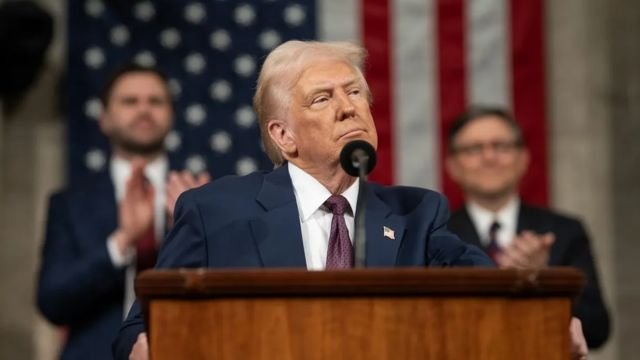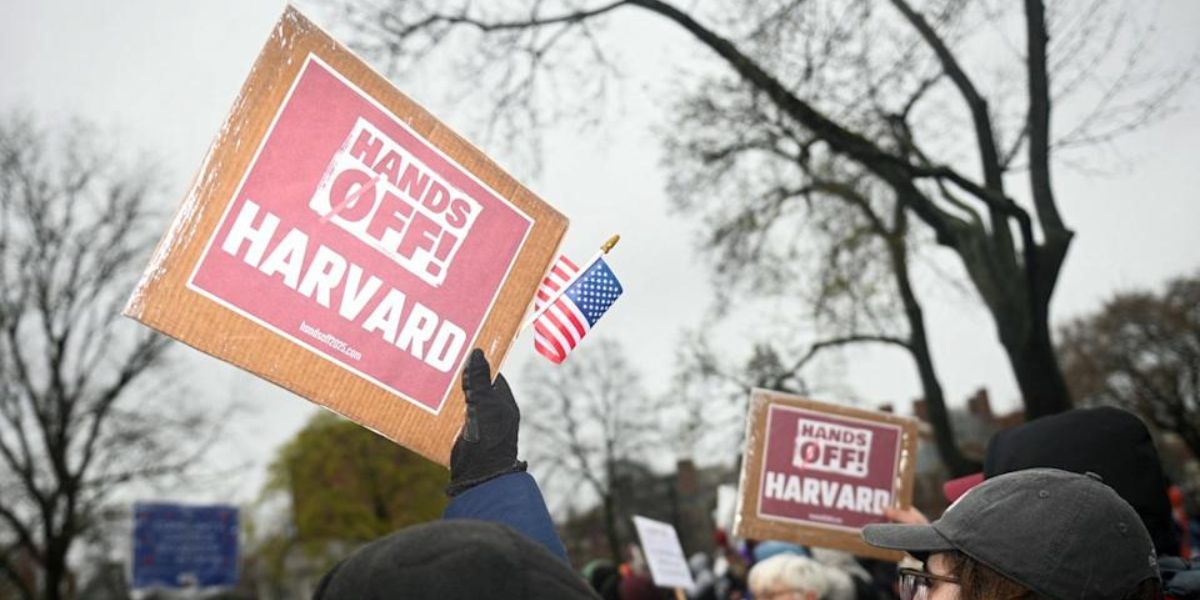The clock is running out on a race that President Donald Trump started: a race to negotiate dozens of trade agreements before his 90-day halt on some tariffs ends. Negotiators of previous trade agreements say that Trump’s accelerated schedule presents a number of logistical and strategic challenges.
Last week, Trump declared that he was halting some of his global tariffs to allow his administration to negotiate trade agreements with 75 nations that he claimed had contacted the White House to make concessions.
Top administration officials attempted to portray the stoppage as an illustration of Trump’s ability to strike deals, even though he later claimed that the wait was also caused by stock and bond market volatility.
However, it won’t be simple to convert that initial outreach from nations into meaningful trade agreements, particularly in such a short amount of time, according to former trade negotiators.
Additionally, they said, that will probably limit the possible benefits Trump intends to achieve from these negotiations.
Many countries impose substantial trade barriers for a variety of reasons, such as protecting a vital local industry or having different requirements for food goods’ safety and health than the United States.
It will take months of back-and-forth talks involving dozens of federal government officials to iron out those discrepancies while negotiating the many political and cultural quirks of each nation.
As general counsel for the Office of the U.S. Trade Representative during the George W. Bush administration, Warren Maruyama observed, “Trade negotiations can be brutal and they can take years. I don’t think this is going to be anywhere near as easy as some people are spinning it.”
It seems improbable that the United States will implement significant trade reforms, particularly from its biggest trading partners, such as Japan and the European Union, given the timescale, according to Maruyama and other veteran trade negotiators. Instead, the United States has a better chance of obtaining agreements from nations to buy a specific quantity of American goods or a percentage reduction in the tariff rate for specific U.S. exports.
“These are not going to be multitier trade negotiations. We’re going to get one-page, two-page letters of understanding at the end of this,” stated Myron Brilliant, a private industry advocate who has participated in all U.S. trade negotiations since the 1980s.

How trade negotiations operate?
Employees from many government departments, including as the Treasury Department, Commerce Department, State Department, Labour Department, and the Office of the U.S. Trade Representative, may be needed for trade discussions.
Officials from the Department of Agriculture and the Department of Energy would also be consulted if specific items, such as beef or oil and gas, are being addressed in order to provide insight into the potential effects on U.S. industries.
However, considering that the Trump administration is less than 100 days old, many of the personnel at those agencies have only recently assumed their positions.
Meanwhile, thousands of federal employees in those agencies have been let go by the White House.
The National Economic Council, where Alex Jacquez served during the Biden administration, has seen a reduction in staffing in recent months due to the departure of numerous employees he collaborated with in the trade office.
Officials were hampered by a shortage of personnel in the last days of the Biden administration as they rushed to complete trade agreements that had been in the works, according to Jacquez.
“They’ve lost a ton of capacity. I think just about everybody I knew on the career side who was there has left, and they were short-staffed when we were there,” Jacquez stated. “At some point, there’s just not enough bodies in the room to be able to do some of this work, especially on this time frame.”
Last week, Trump hinted that private law firms that have agreements with the White House could provide him with additional personnel for his trade talks.
Read Also: Texas Poised to Reshape Education with Private School Choice Program
In exchange for avoiding potentially disastrous limitations Trump has imposed on firms that have represented clients or subjects he opposes, the terms include pledges to offer free legal labour.
According to former trade officials, that would be a mostly unprecedented action. Government representatives are responsible for negotiating on behalf of the U.S. government and making sure that any trade agreements adhere to U.S. laws, even if previous administrations have sought input from outside industry groups or unions on trade agreements.
Additionally, it may present a number of conflicts for the legal firms, such as when a firm has clients in a nation where it has been assigned to assist in negotiations.
Read Also: Trump Orders Three-Month Extension of Federal Hiring Freeze
Hammering out a corporate transaction requires a different level of competence than negotiating trade agreements.
According to Maruyama, trade negotiators must comprehend the history and culture of the other nation, as well as the internal political dynamics and the requirements of the American workers and industries that would be impacted by the agreement.



